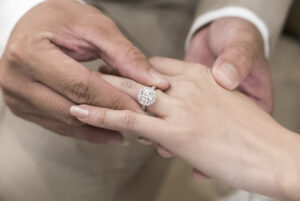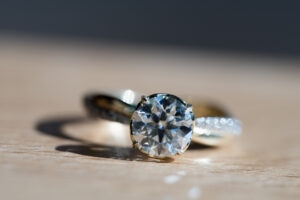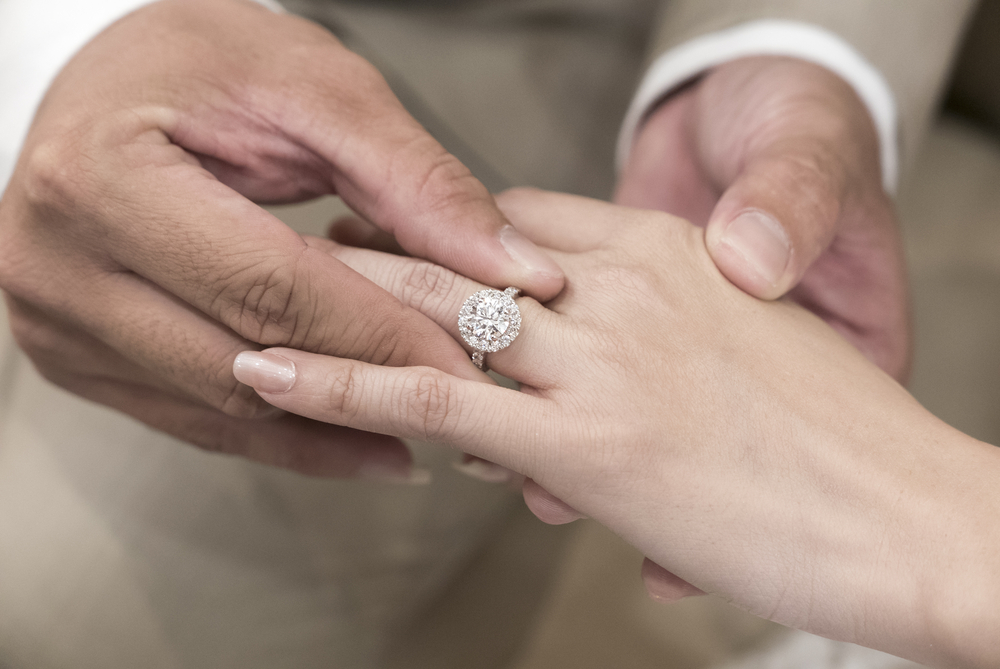
Even though diamonds are known for their incredible hardness and durability, they can sometimes chip when a hard blow is applied. Therefore, it is important for you to take great care of your diamond rings to prevent them from chipping. Both lab grown diamonds and natural stones can chip, so you should take good care of your diamond rings irrespective of their origin.
There are some important measures you can take to avoid the chipping of diamonds. Some of them are listed below:
Avoid Shapes With Sharp Corners
If you work a lot with your hands or engage in strenuous activities that can put pressure on your diamond ring, then it is better to avoid shapes with sharp corners. The pointed corners can make your diamonds more prone to chipping.
Some diamond cuts that come with pointed corners are princess, marquise, and pear. But diamond shapes like round, cushion, and oval are less prone to chipping, as they do not have any pointed edges.
Check For Loose Prongs
Loose prongs can make your stones more vulnerable to damage. When the prongs are loose, the stone will become more exposed. In this case, if you hit your ring somewhere, the force can be directly applied to the diamond thereby causing chips.
Even one loose prong can greatly increase the risk of chipping your diamonds. Hence, it is important to check your prongs regularly to know whether they are loose.
Choose Settings That Can Offer Better Protection For The Stone

Certain ring settings can offer better protection and security for the stone in comparison with others. The bezel setting is one of the best options to consider if you give priority to the protection of your diamond. This setting covers the girdle of the diamond with a metal strip. As the girdle is one of the most vulnerable points in a diamond, covering it with metal can help to protect your stone from chipping.
Channel setting, half-bezel setting, and six-prong setting can also offer better protection for the stone, as the exposure of diamond’s girdle will be low with these settings.
Be Careful With Your Tension-Set Ring
In the tension setting, the stone will be held in place with the pressure between two ends of the ring. This setting exerts pressure on the stone to hold it securely to the ring. So if you bump your tension-set ring somewhere, the chance for the stone to chip is high.
Additionally, diamonds that come with a lot of inclusions are also more vulnerable to chipping. So it is better to avoid such stones, especially, if the inclusions are near the girdle.
Also, make sure to take off your diamond ring when you are engaging in activities that can exert pressure on your stones.
